-
 bitcoin
bitcoin $118548.520763 USD
3.67% -
 ethereum
ethereum $4352.564943 USD
4.79% -
 xrp
xrp $2.964058 USD
4.22% -
 tether
tether $1.000565 USD
0.05% -
 bnb
bnb $1028.372955 USD
1.46% -
 solana
solana $221.373507 USD
6.00% -
 usd-coin
usd-coin $0.999933 USD
0.02% -
 dogecoin
dogecoin $0.248633 USD
6.85% -
 tron
tron $0.341444 USD
2.38% -
 cardano
cardano $0.852946 USD
5.82% -
 hyperliquid
hyperliquid $47.869306 USD
6.15% -
 chainlink
chainlink $22.561476 USD
6.01% -
 ethena-usde
ethena-usde $1.001258 USD
0.05% -
 avalanche
avalanche $30.660000 USD
2.06% -
 stellar
stellar $0.400917 USD
9.76%
Can a sudden positive rebound during a bearish moving average system be sustained?
A bearish moving average in crypto signals long-term downtrends, but sudden rebounds can occur due to short covering, whale accumulation, or positive news—yet sustainability depends on volume, fundamentals, and institutional involvement.
Sep 25, 2025 at 05:18 pm
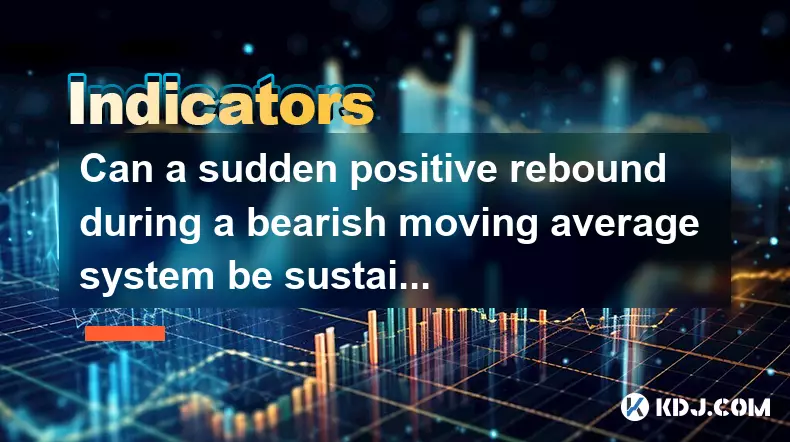
Understanding Bearish Moving Averages in Crypto Markets
1. A bearish moving average system typically indicates that the long-term trend of an asset is downward, often confirmed when shorter-term moving averages fall below longer-term ones. This configuration signals sustained selling pressure and declining investor confidence over time.
2. In the context of cryptocurrency, where volatility is inherent, such systems are widely used by traders to identify potential downtrends and manage risk exposure. Indicators like the 50-day moving average crossing below the 200-day (commonly known as a 'death cross') reinforce bearish sentiment across major digital assets like Bitcoin and Ethereum.
3. Despite these signals, short-term price movements can deviate significantly from the broader trend due to external catalysts such as regulatory news, macroeconomic shifts, or sudden institutional interest. These events may trigger abrupt rallies even within established downtrends.
4. The structure of decentralized markets amplifies such reactions. With 24/7 trading and global participation, information spreads rapidly, leading to sharp corrections or rebounds that may not align with technical indicators in the immediate term.
5. Therefore, while a bearish moving average framework suggests prolonged weakness, it does not eliminate the possibility of temporary upside momentum driven by sentiment swings or coordinated buying activity.
Factors Behind Sudden Positive Rebounds
1. One primary driver of sudden rebounds during bearish phases is short covering. As leveraged positions accumulate on the short side during prolonged declines, any upward movement can trigger cascading liquidations, fueling rapid price spikes.
2. Another factor is whale accumulation. On-chain data frequently reveals large entities purchasing significant quantities of coins during market lows. Their entry often precedes noticeable price recoveries, especially when combined with low trading volumes indicating suppressed supply.
3. Market sentiment can shift abruptly based on external developments. For example, favorable remarks from central banks regarding digital currencies or approval of crypto-related financial products can ignite speculative buying, overriding existing technical patterns.
4. Exchange inflows and outflows also play a critical role. When large volumes of coins move from exchanges to cold storage, it signals reduced selling pressure. This structural tightening of available supply can support price increases even amid negative moving average configurations.
5. Algorithmic trading bots programmed to react to specific volatility thresholds or order book imbalances contribute to exaggerated moves. These automated systems may initiate buy orders during oversold conditions, accelerating rebounds without fundamental justification.
Can the Rebound Be Sustained?
1. Sustainability hinges on whether the rebound is supported by genuine demand growth or merely speculative noise. If volume remains weak during the rally, it's likely a transient correction rather than a trend reversal.
2. Key resistance levels must be decisively breached for bullish momentum to gain traction. Breaking above declining moving averages—especially the 50-day and 200-day—with strong follow-through suggests potential reconfiguration of market structure.
3. On-chain metrics such as increasing active addresses, rising transaction value, and declining exchange balances provide deeper validation. These indicators reflect real network usage and holder conviction, which are more reliable than price action alone.
4. Institutional involvement adds durability to price advances. Evidence of increased futures open interest, ETF inflows, or corporate treasury allocations during the rebound phase strengthens the case for continuation.
5. Absence of fundamental deterioration is crucial. If the underlying technology continues evolving, development activity remains high, and ecosystem adoption expands, temporary rebounds have greater potential to evolve into sustainable uptrends.
Common Misconceptions About Technical Trends
1. Many traders assume that moving averages dictate price direction, but they are lagging indicators derived from past data. They describe what has already happened rather than predicting future movement.
2. There's a tendency to treat crossovers as definitive signals, yet false breakouts occur frequently in crypto due to manipulation and thin order books. Confirmation through volume and on-chain analytics is essential before acting.
3. Some investors dismiss counter-trend rallies entirely, missing profitable short-term opportunities. Even in strong bear markets, countertrend moves can offer strategic entry points for experienced participants.
4. Overreliance on single indicators leads to poor decision-making. Combining moving averages with relative strength index (RSI), funding rates, and hash rate trends creates a more robust analytical framework.
5. The belief that price must conform to technical models ignores the human element of fear and greed. Behavioral dynamics often override mathematical constructs, particularly during extreme market conditions.
Frequently Asked Questions
What defines a sustainable rally in a bear market?A sustainable rally shows consistent volume expansion, breaks key resistance with follow-through, and aligns with positive on-chain fundamentals such as growing wallet activity and decreasing sell-off pressure from long-term holders.
How do whale transactions influence short-term price action?Large wallet movements can distort supply availability. When whales accumulate during downturns, it reduces circulating supply on exchanges, creating upward pressure once buying interest returns. Their trades often precede broader market shifts.
Why do moving averages fail to predict sudden reversals?Moving averages are calculated from historical prices and inherently react slowly to new information. They cannot anticipate shocks such as protocol upgrades, exchange hacks, or geopolitical events that trigger immediate market responses.
Can on-chain data confirm the strength of a rebound?Yes. Metrics like Net Unrealized Profit/Loss (NUPL), realized profit margins, and dormancy flow help assess whether holders are taking profits or accumulating. Stable or increasing hash rate and developer activity further validate resilience.
Disclaimer:info@kdj.com
The information provided is not trading advice. kdj.com does not assume any responsibility for any investments made based on the information provided in this article. Cryptocurrencies are highly volatile and it is highly recommended that you invest with caution after thorough research!
If you believe that the content used on this website infringes your copyright, please contact us immediately (info@kdj.com) and we will delete it promptly.
- BlockDAG, DOGE, HYPE Sponsorship: Crypto Trends Shaping 2025
- 2025-10-01 00:25:13
- Deutsche Börse and Circle: A StableCoin Adoption Powerhouse in Europe
- 2025-10-01 00:25:13
- BlockDAG's Presale Buzz: Is It the Crypto to Watch in October 2025?
- 2025-10-01 00:30:13
- Bitcoin, Crypto, and IQ: When Genius Meets Digital Gold?
- 2025-10-01 00:30:13
- Stablecoins, American Innovation, and Wallet Tokens: The Next Frontier
- 2025-10-01 00:35:12
- NBU, Coins, and Crypto in Ukraine: A New Yorker's Take
- 2025-10-01 00:45:14
Related knowledge
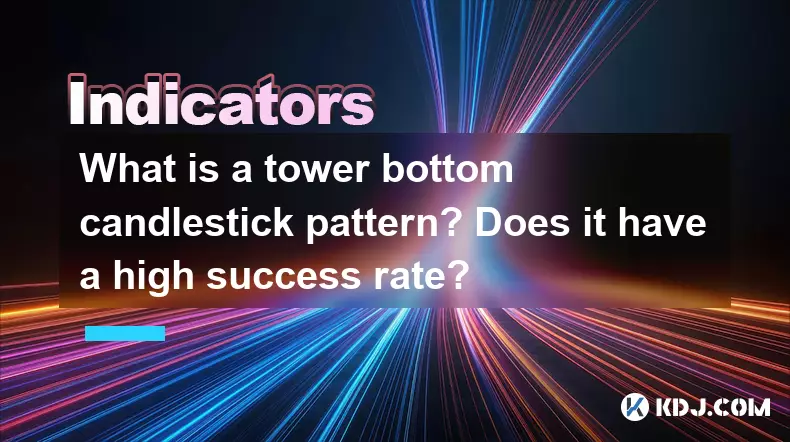
What is a tower bottom candlestick pattern? Does it have a high success rate?
Sep 22,2025 at 07:18am
Tower Bottom Candlestick Pattern Explained1. The tower bottom candlestick pattern is a reversal formation that typically appears at the end of a downt...
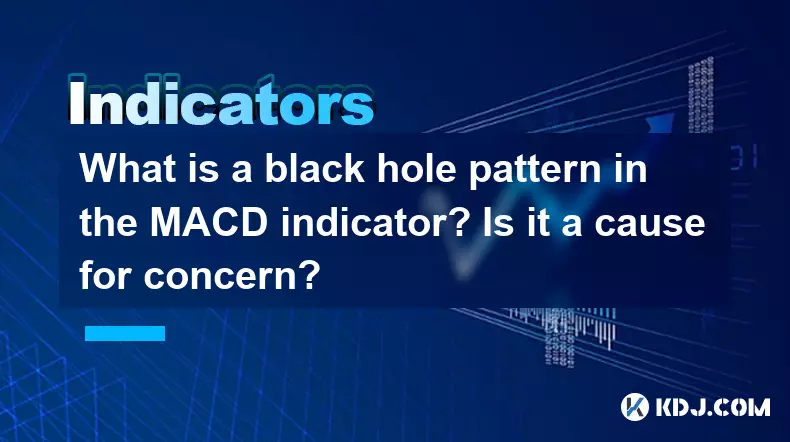
What is a black hole pattern in the MACD indicator? Is it a cause for concern?
Sep 21,2025 at 06:54pm
Bitcoin's Role in Decentralized Finance1. Bitcoin remains the cornerstone of decentralized finance, serving as a benchmark for value and security acro...

How can I use the psychological line (PSY) to determine market sentiment?
Sep 17,2025 at 02:19pm
Understanding the Psychological Line (PSY) in Cryptocurrency TradingThe Psychological Line, commonly referred to as PSY, is a momentum oscillator used...
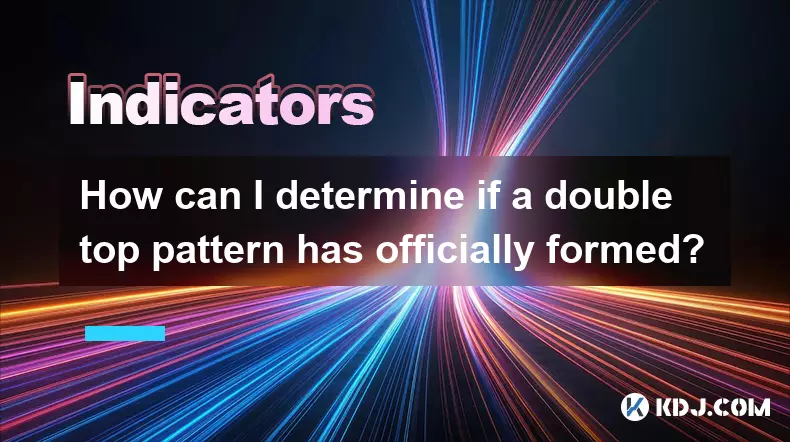
How can I determine if a double top pattern has officially formed?
Sep 21,2025 at 03:18am
Understanding the Structure of a Double Top Pattern1. A double top pattern consists of two distinct peaks that reach approximately the same price leve...
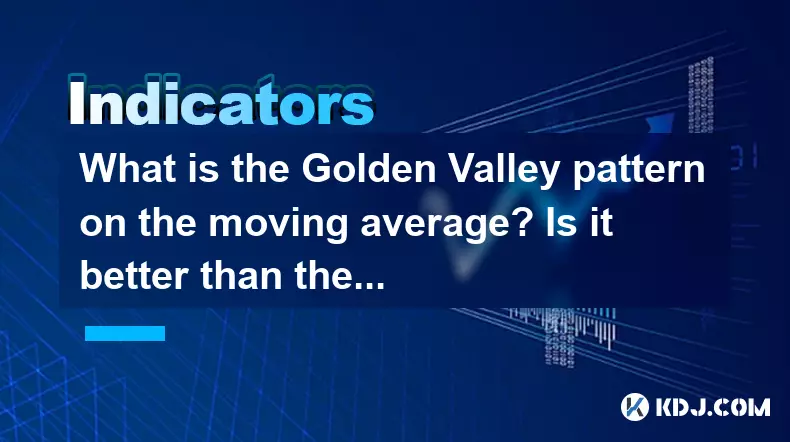
What is the Golden Valley pattern on the moving average? Is it better than the Silver Valley pattern?
Sep 21,2025 at 02:54pm
Understanding the Golden Valley Pattern in Moving Averages1. The Golden Valley pattern is a technical formation observed in cryptocurrency price chart...

What does a death cross of the RSI in the strong zone (above 50) mean?
Sep 17,2025 at 10:54pm
Understanding the Death Cross in RSI Context1. The term 'death cross' is traditionally associated with moving averages, where a short-term average cro...

What is a tower bottom candlestick pattern? Does it have a high success rate?
Sep 22,2025 at 07:18am
Tower Bottom Candlestick Pattern Explained1. The tower bottom candlestick pattern is a reversal formation that typically appears at the end of a downt...

What is a black hole pattern in the MACD indicator? Is it a cause for concern?
Sep 21,2025 at 06:54pm
Bitcoin's Role in Decentralized Finance1. Bitcoin remains the cornerstone of decentralized finance, serving as a benchmark for value and security acro...

How can I use the psychological line (PSY) to determine market sentiment?
Sep 17,2025 at 02:19pm
Understanding the Psychological Line (PSY) in Cryptocurrency TradingThe Psychological Line, commonly referred to as PSY, is a momentum oscillator used...

How can I determine if a double top pattern has officially formed?
Sep 21,2025 at 03:18am
Understanding the Structure of a Double Top Pattern1. A double top pattern consists of two distinct peaks that reach approximately the same price leve...

What is the Golden Valley pattern on the moving average? Is it better than the Silver Valley pattern?
Sep 21,2025 at 02:54pm
Understanding the Golden Valley Pattern in Moving Averages1. The Golden Valley pattern is a technical formation observed in cryptocurrency price chart...

What does a death cross of the RSI in the strong zone (above 50) mean?
Sep 17,2025 at 10:54pm
Understanding the Death Cross in RSI Context1. The term 'death cross' is traditionally associated with moving averages, where a short-term average cro...
See all articles










































































